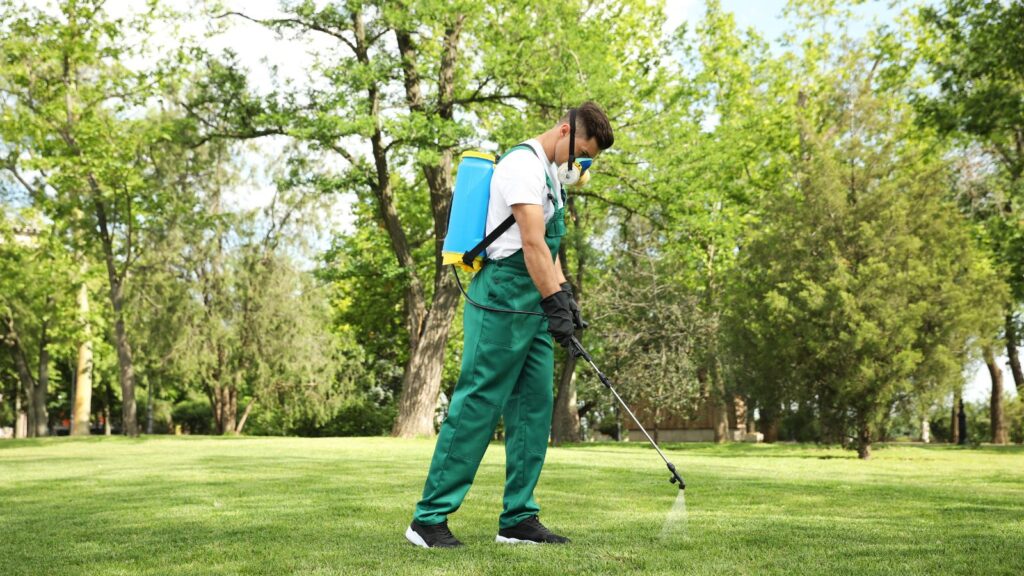Gardening is a beloved pastime for many, offering a way to connect with nature; but not all gardening practices are as green as they seem. Some common items and methods can be surprisingly harmful to the environment. To help, we’ve listed 21 things in your garden that might actually be bad.
Synthetic Fertilisers
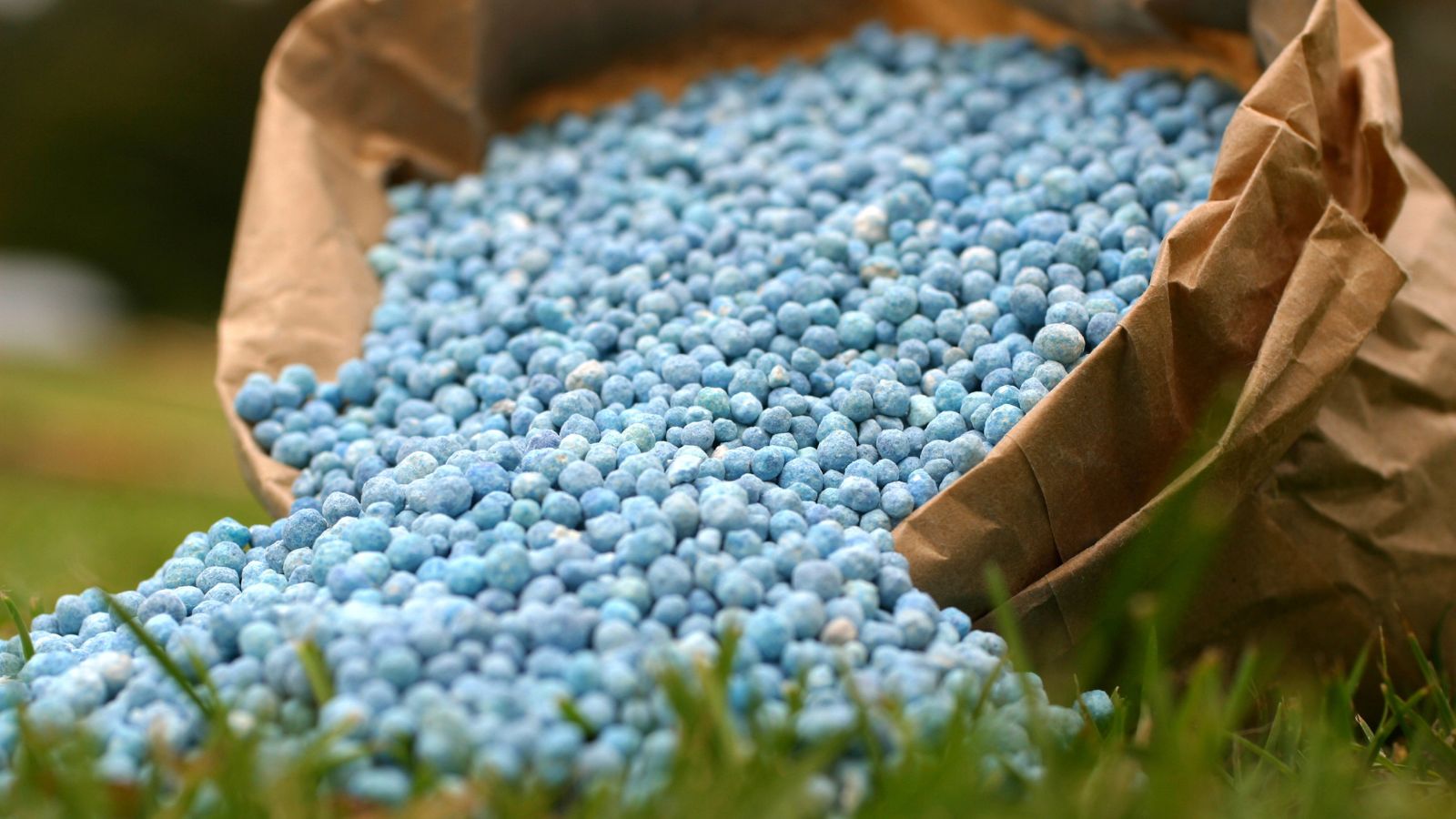
According to Scientific American, “synthetic chemicals run-off into the nearby waterways,” so while using synthetic fertilisers may seem like a quick way to boost plant growth, these products disrupt local ecosystems. They can cause issues such as algal blooms, which deplete oxygen in water and harm aquatic life.
Pesticides and Herbicides
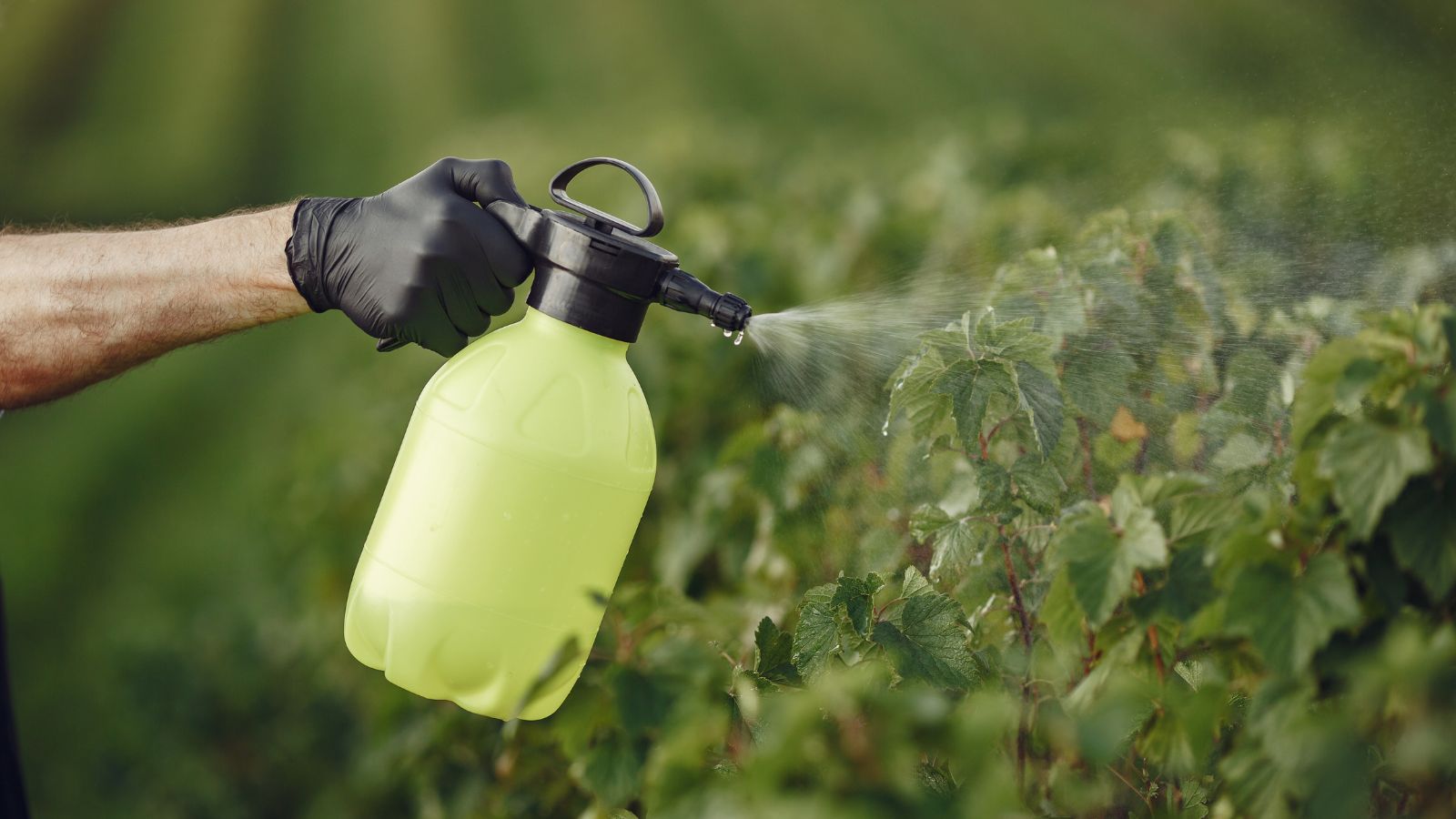
Chemical pesticides and herbicides are designed to kill unwanted pests and weeds, but they don’t discriminate; these substances can harm beneficial insects, birds, and even pets. Over time, they can also lead to the development of resistant pests and weeds. Opting for natural pest control methods can help keep your garden healthy without the environmental damage.
Plastic Plant Pots

Plastic plant pots are ubiquitous in gardening, but they contribute significantly to plastic pollution. Most are not recyclable and end up in landfills where they take hundreds of years to decompose. Consider using biodegradable pots made from materials like coir, peat, or even repurposing containers from around the house.
Peat-based Compost
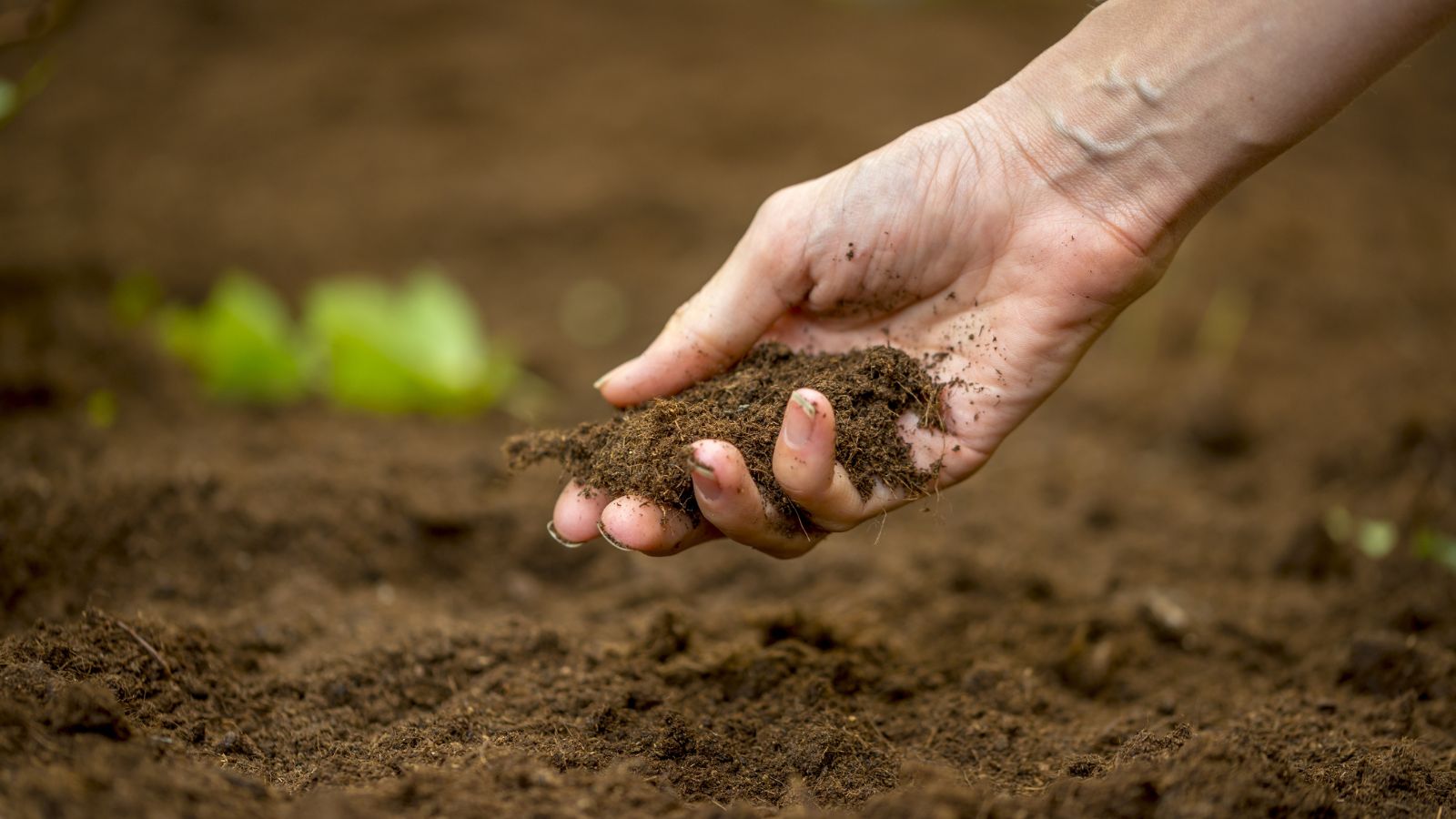
One thing that is highly destructive to peat bog ecosystems is peat extraction for garden compost. Using peat-based compost contributes to habitat loss and increased carbon emissions. Instead, look for peat-free compost options made from sustainable materials like coconut coir or green waste.
Exotic Plants
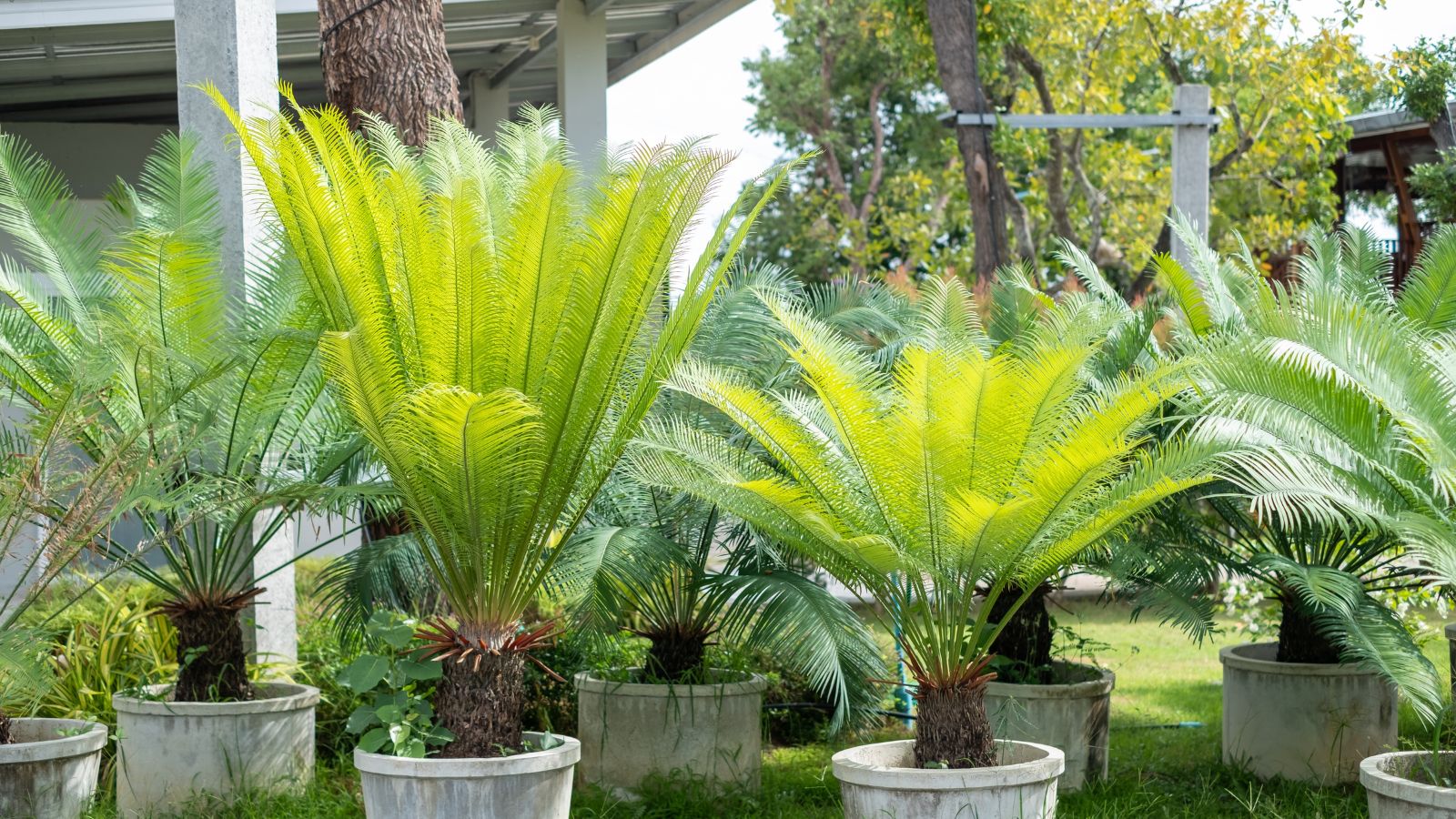
While exotic plants can add a unique flair to your garden, they often require more resources to thrive, such as extra water, fertilisers, and pest control. They can also become invasive, outcompeting native species and disrupting local ecosystems. Focusing on native plants not only supports local wildlife but also creates a garden that’s better adapted to your climate.
Gas-powered Lawn Mowers
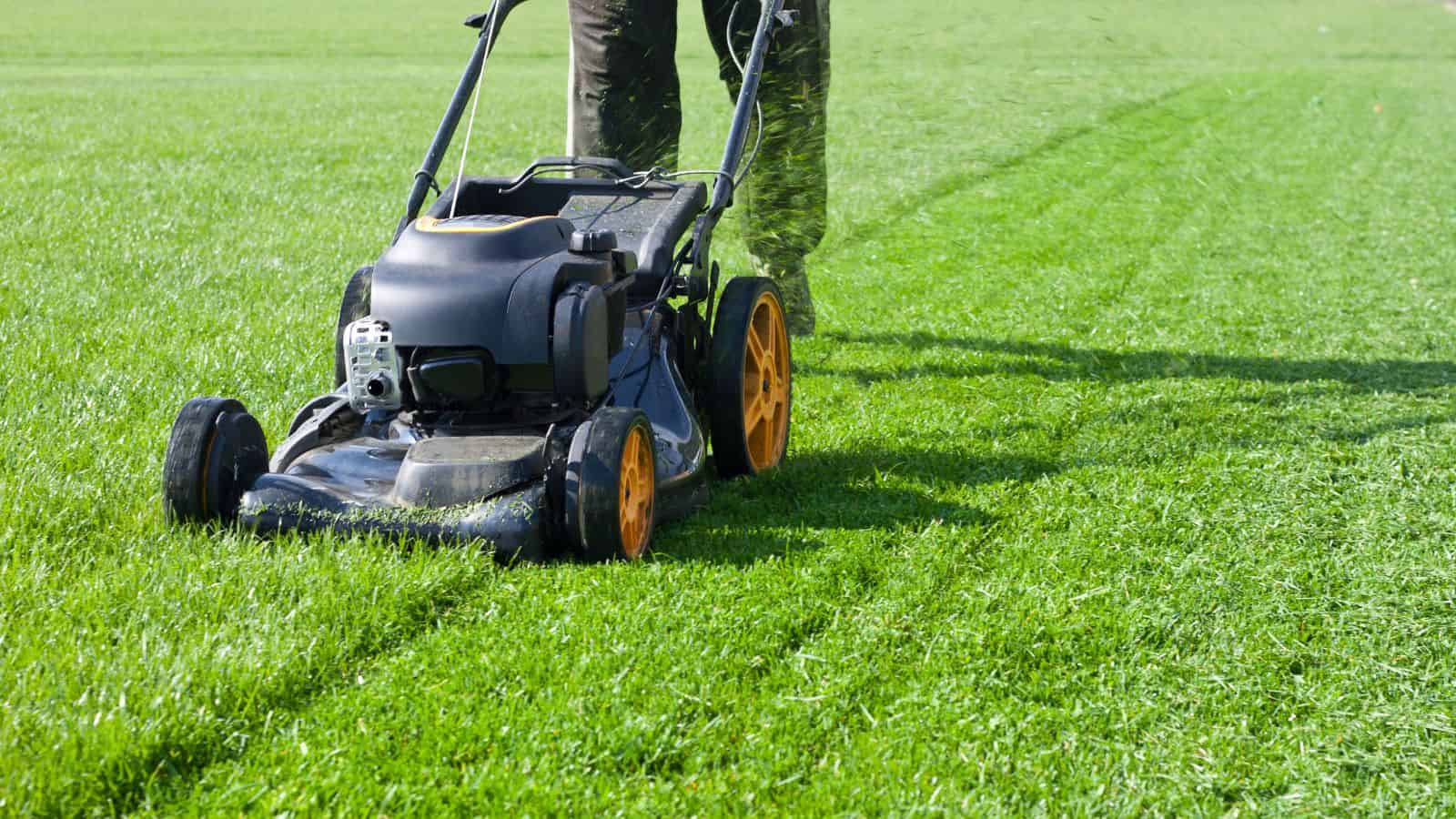
Gas-powered lawn mowers emit carbon dioxide and other pollutants, contributing to air pollution and climate change; even electric mowers or, better yet, manual reel mowers are environmentally friendly alternatives. These will reduce your carbon footprint and your noise pollution, too.
Excessive Watering
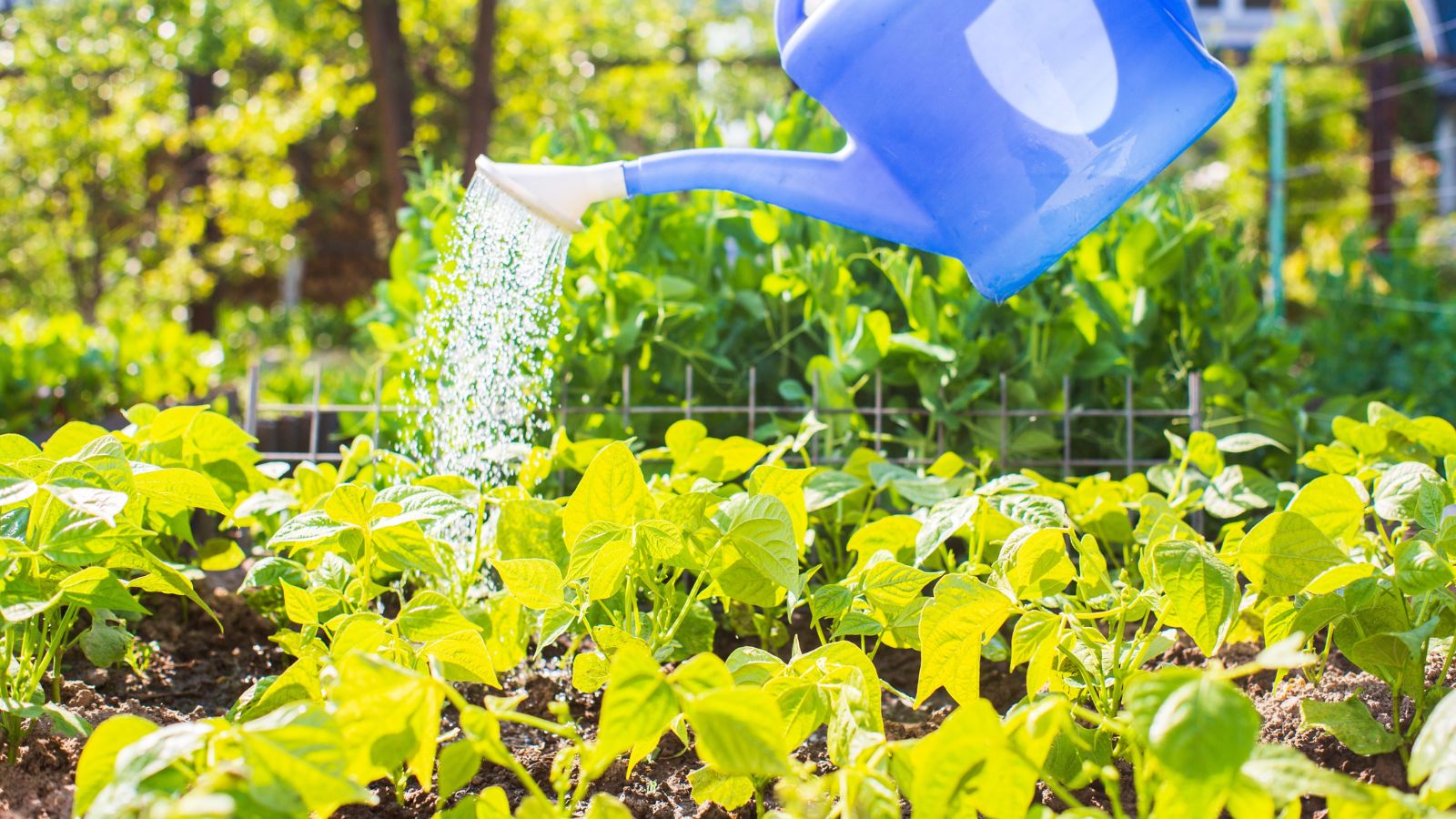
If you’re overwatering your garden, it wastes a precious resource and can lead to waterlogging, which harms plants and promotes the growth of harmful fungi. Using a rainwater collection system and installing a drip irrigation system can help conserve water and ensure your plants get just the right amount they need.
Chemical Weed Killers
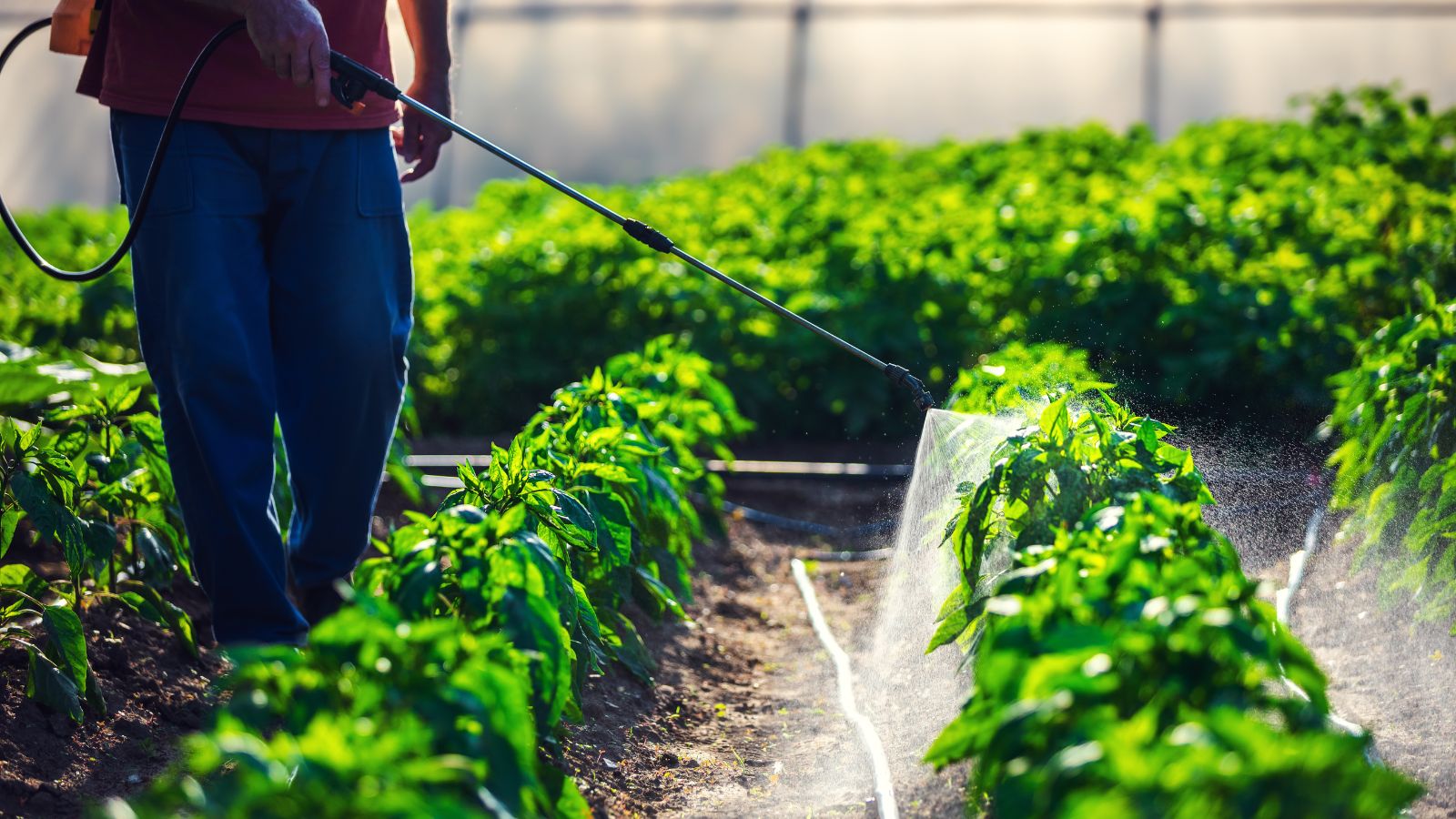
Chemical weed killers, much like pesticides, can have a detrimental impact on the environment by contaminating the soil and water, harming non-target plants and animals. Hand-pulling weeds or using natural weed control methods, such as mulching or vinegar sprays, are better for your garden—and the environment.
Inorganic Mulch
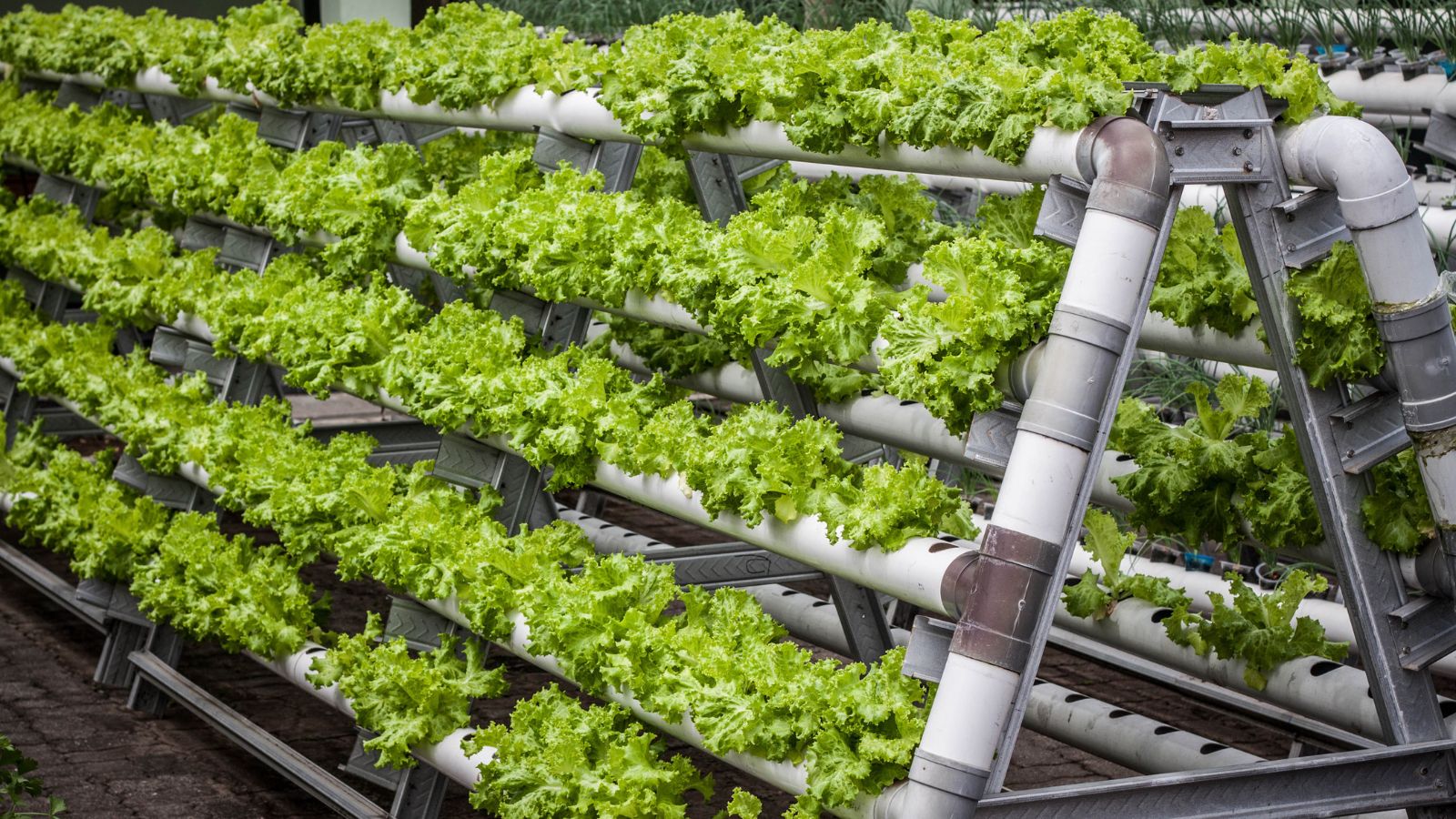
Inorganic mulch, such as rubber or plastic, does not break down and can leach harmful chemicals into the soil. Organic mulches, like wood chips or straw, decompose naturally, enriching the soil and providing habitats for beneficial organisms.
Imported Stone and Wood
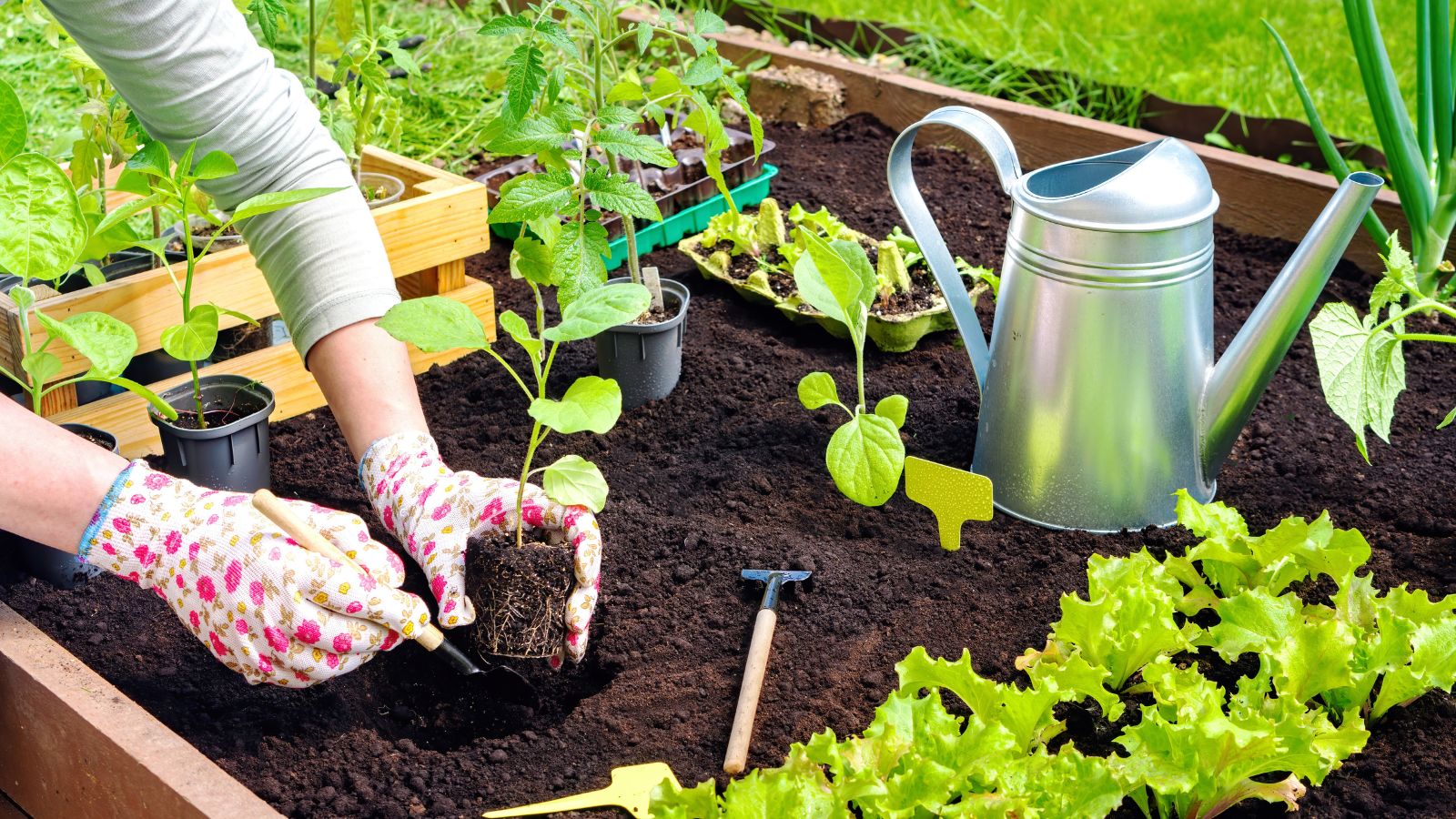
Using imported stone and wood in your garden can have a high environmental cost due to the energy required for transportation and the potential for unsustainable harvesting practices. Locally sourced materials are a more sustainable choice, reducing your garden’s carbon footprint and supporting local businesses.
Garden Furniture from Non-Sustainable Sources

Garden furniture made from non-sustainable materials, like certain types of tropical hardwood, contributes to deforestation and habitat loss; instead, choosing furniture made from recycled materials or sustainably sourced wood helps protect forests and reduce waste, which is a much better choice all round.
Synthetic Lawn Chemicals
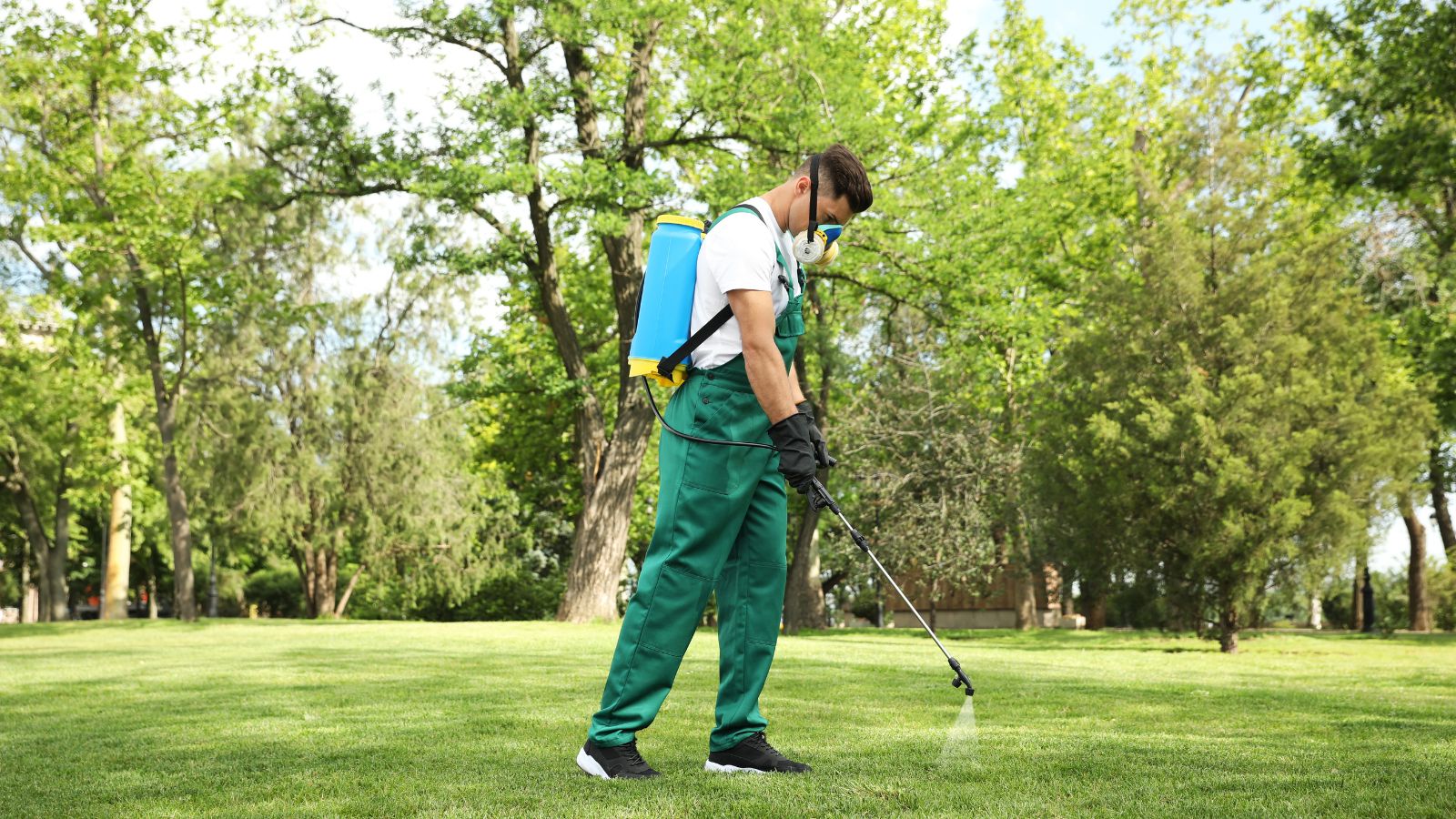
If you’re looking to maintain lush green lawns with synthetic chemicals, such as certain fertilisers and pesticides, this can have harmful effects on the environment. These chemicals can run off into waterways, harming aquatic life and contaminating drinking water supplies.
Overly Manicured Lawns

Maintaining a perfectly manicured lawn often requires excessive water, fertilisers, and pesticides; allowing some areas of your lawn to grow naturally can reduce the need for these resources and provide habitats for wildlife. It can also create a more biodiverse and resilient garden.
Disposable Garden Tools
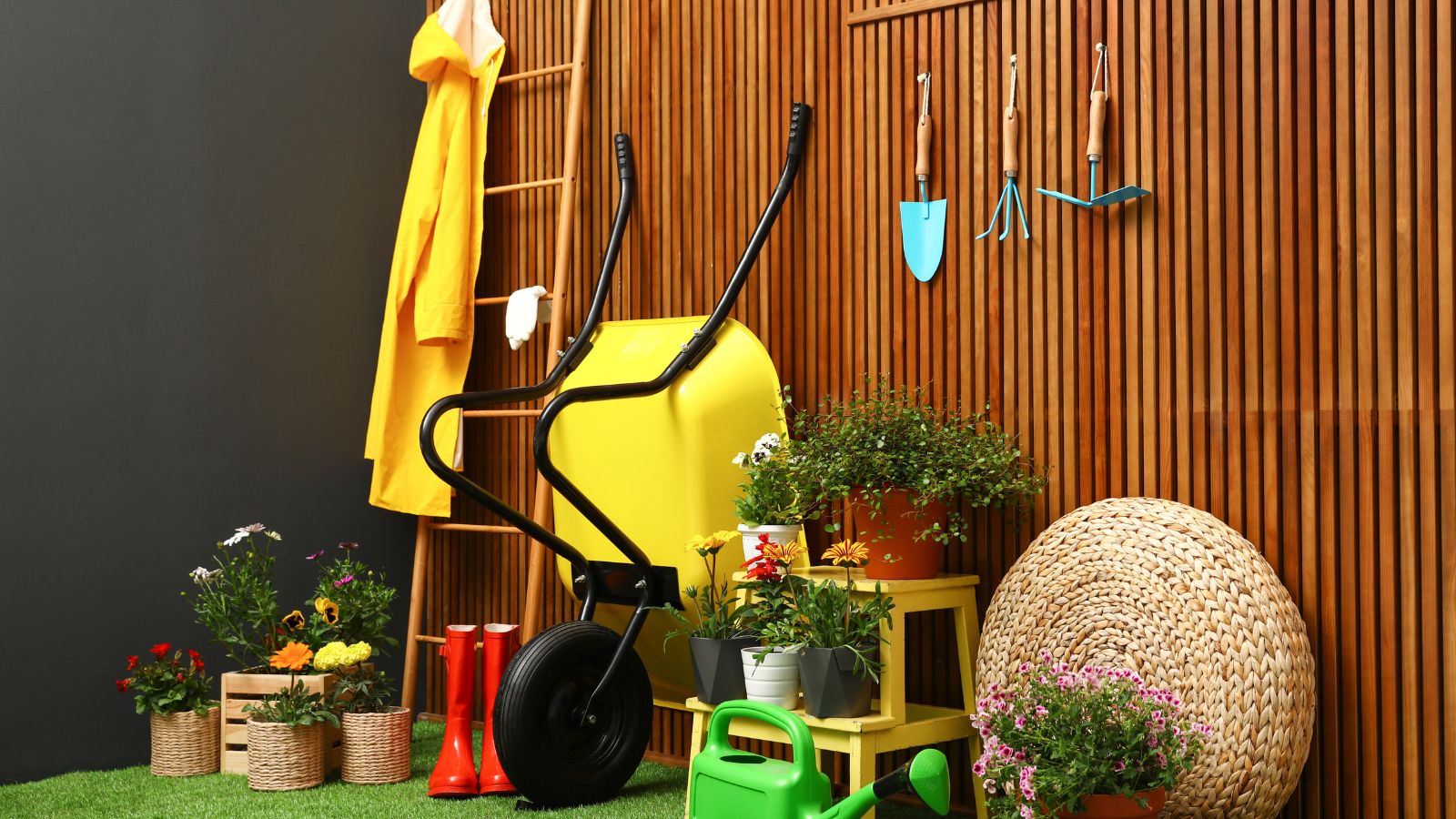
Cheap, disposable garden tools are often made from low-quality materials that break easily, ending up in landfills, even though they might seem like a money-saving option at the time. Investing in high-quality, durable tools may cost more initially, but they last longer and reduce waste.
Non-recyclable Plant Labels
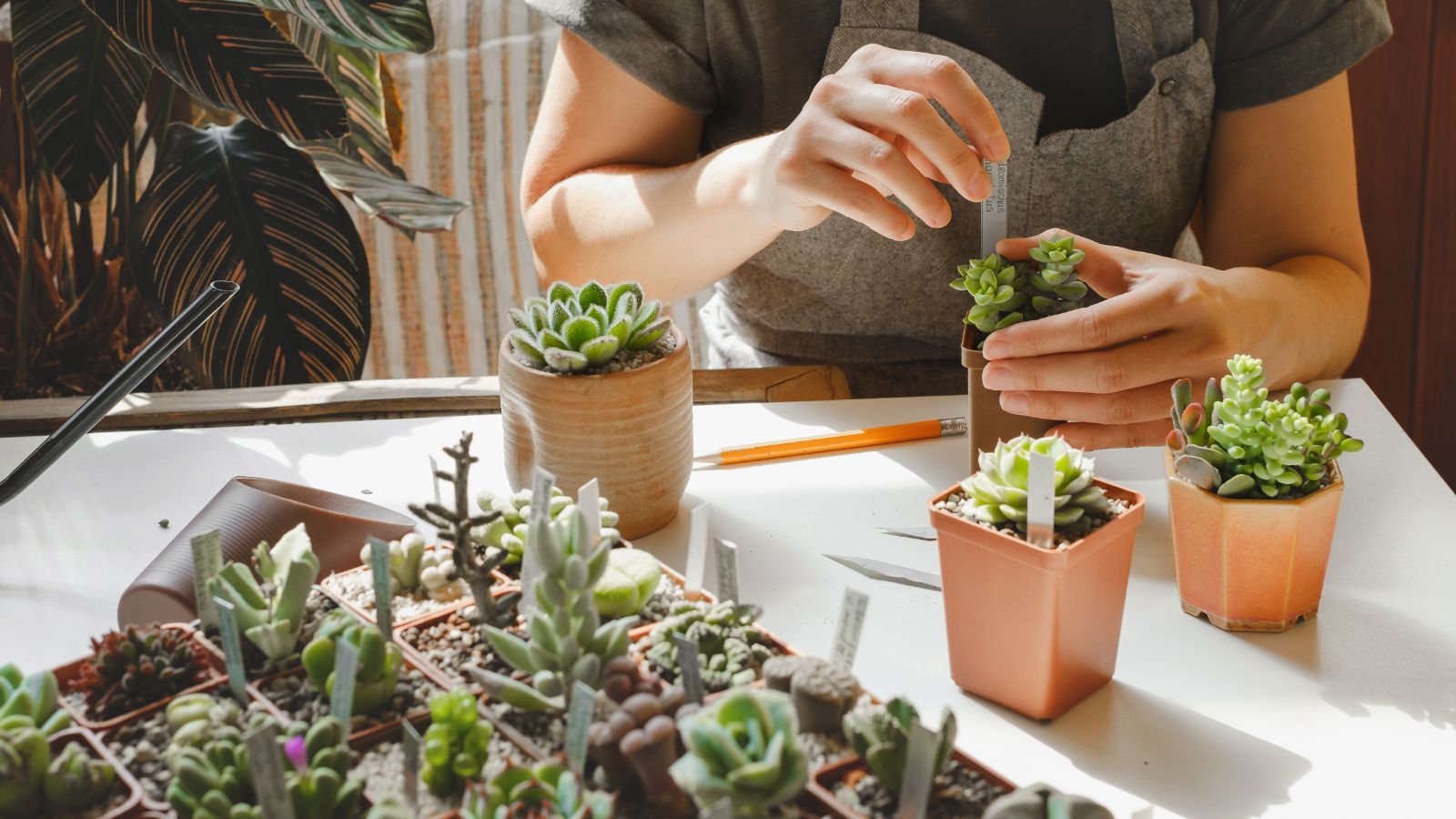
You might have been thinking more about the pot itself than the plastic plant labels, but these too are often not recyclable, and can contribute to plastic pollution when discarded. Using wooden labels, making your own from recycled materials, or using a garden journal to keep track of your plants are more sustainable options.
Decorative Pebbles and Gravel
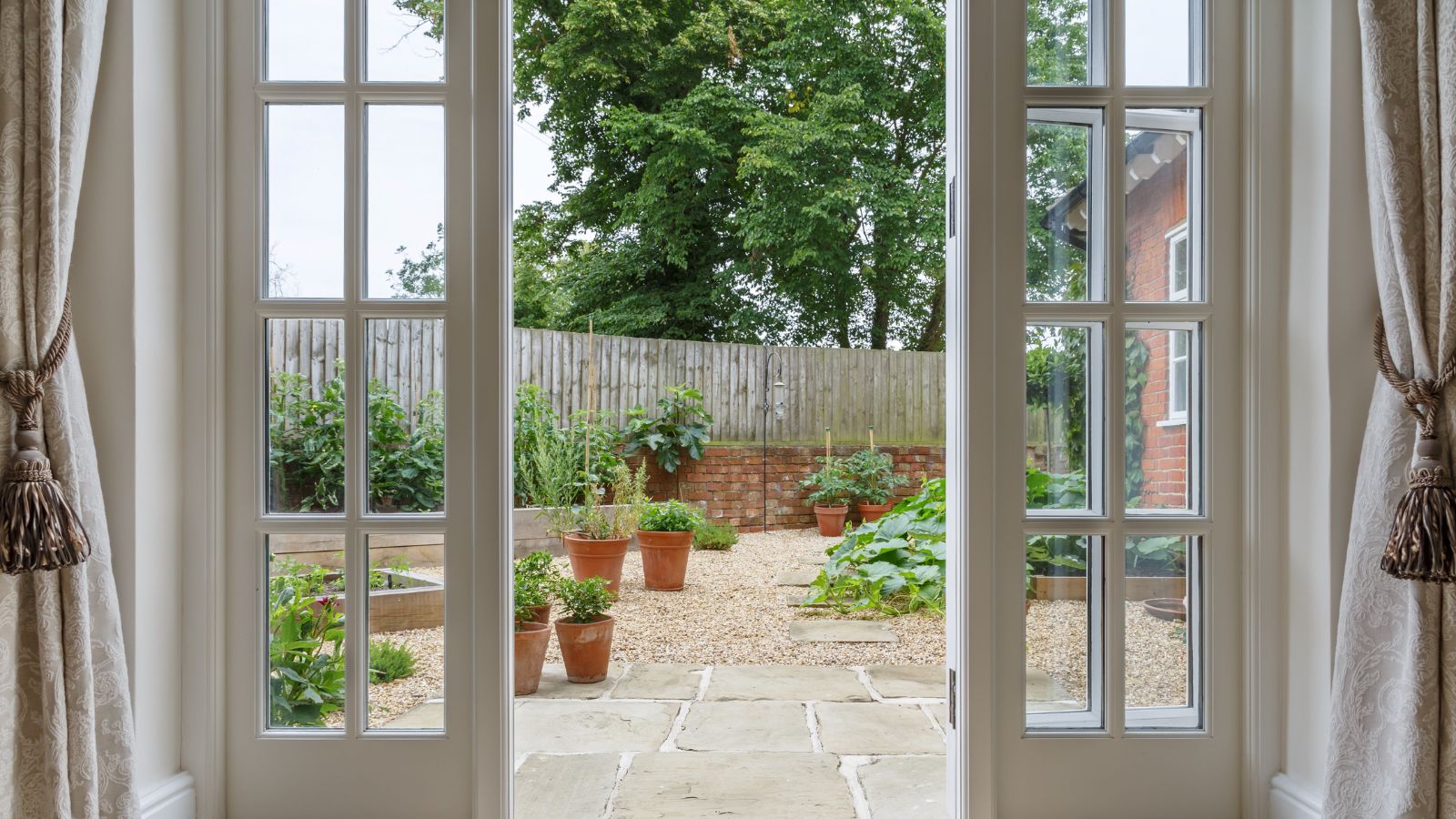
While decorative pebbles and gravel can make your garden look tidy, many are sourced from riverbeds, leading to habitat destruction and water quality issues. Choosing gravel and pebbles from sustainable sources or using alternative materials like crushed brick can help minimise environmental impact.
Concrete Garden Features
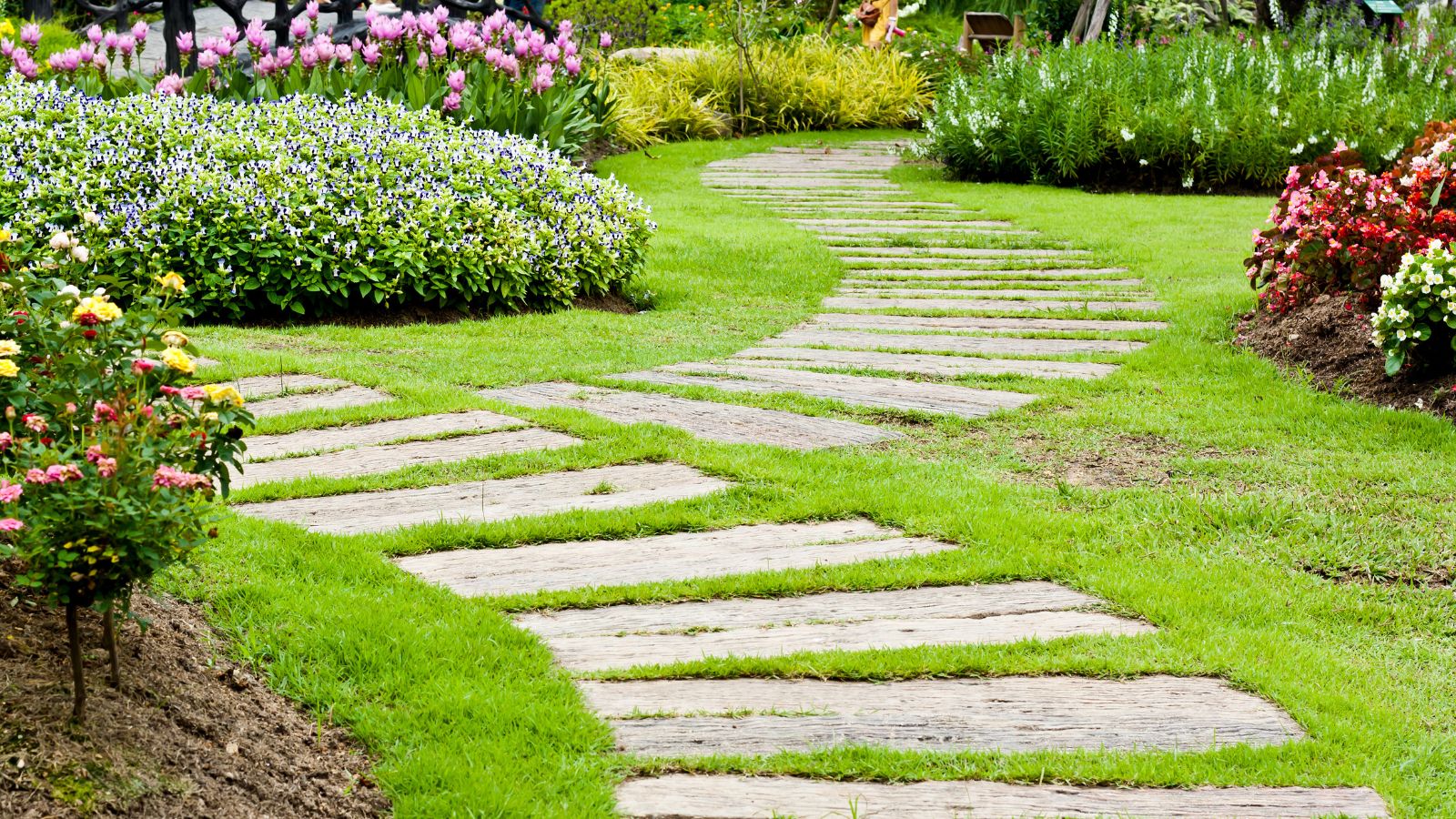
Concrete production is a significant source of carbon emissions. Using concrete in your garden, whether for patios, paths, or decorative features, adds to your carbon footprint. Consider using reclaimed or recycled materials, or alternatives like permeable paving, which allows water to soak through and reduce runoff.
Non-native Aquatic Plants
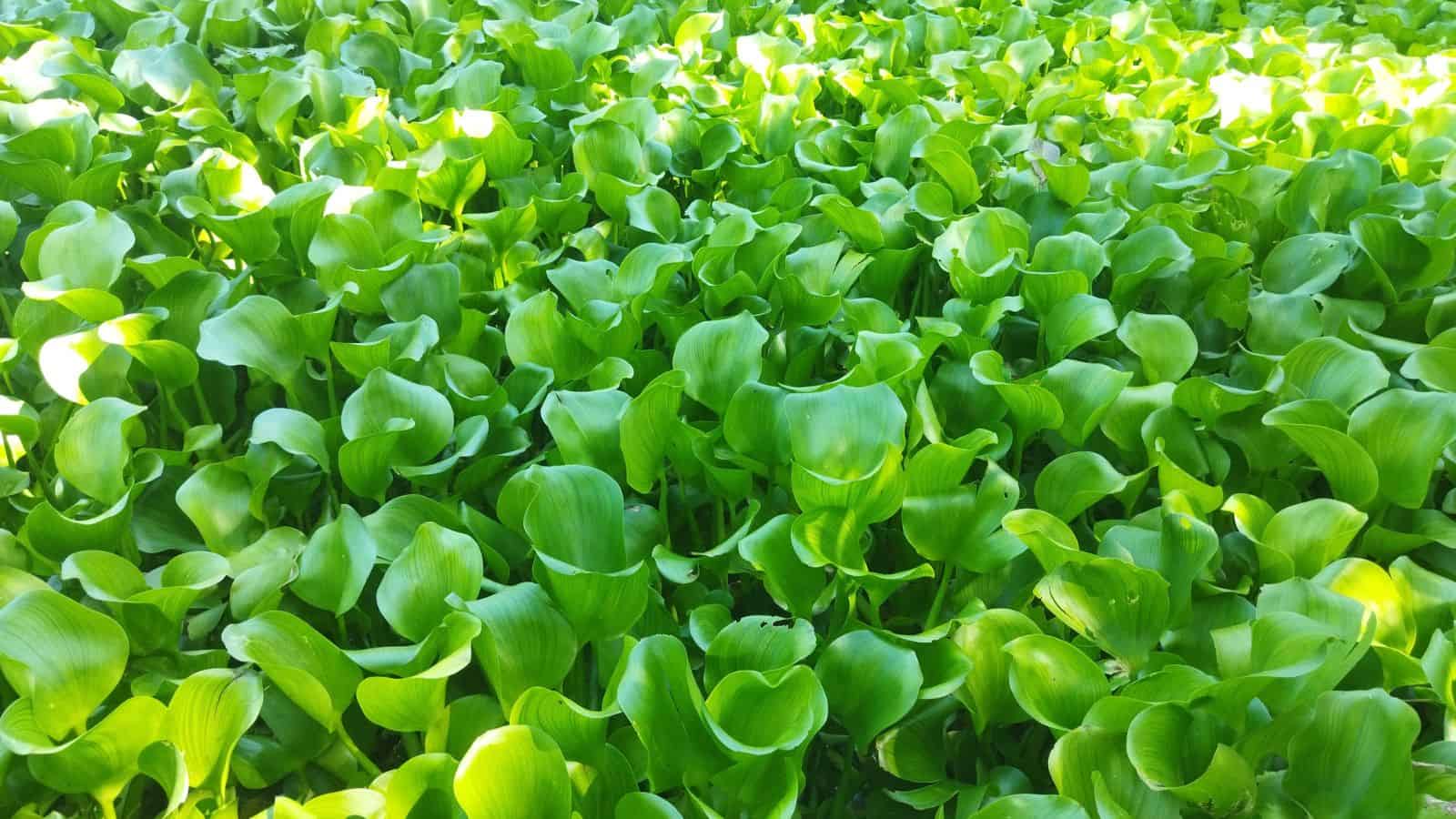
If you’re choosing non-native aquatic plants, these can become invasive, choking waterways and disrupting aquatic ecosystems, and they can also spread rapidly to natural water bodies, causing significant ecological damage. Opt for native aquatic plants that support local wildlife and maintain the health of aquatic ecosystems.
Invasive Ground Covers
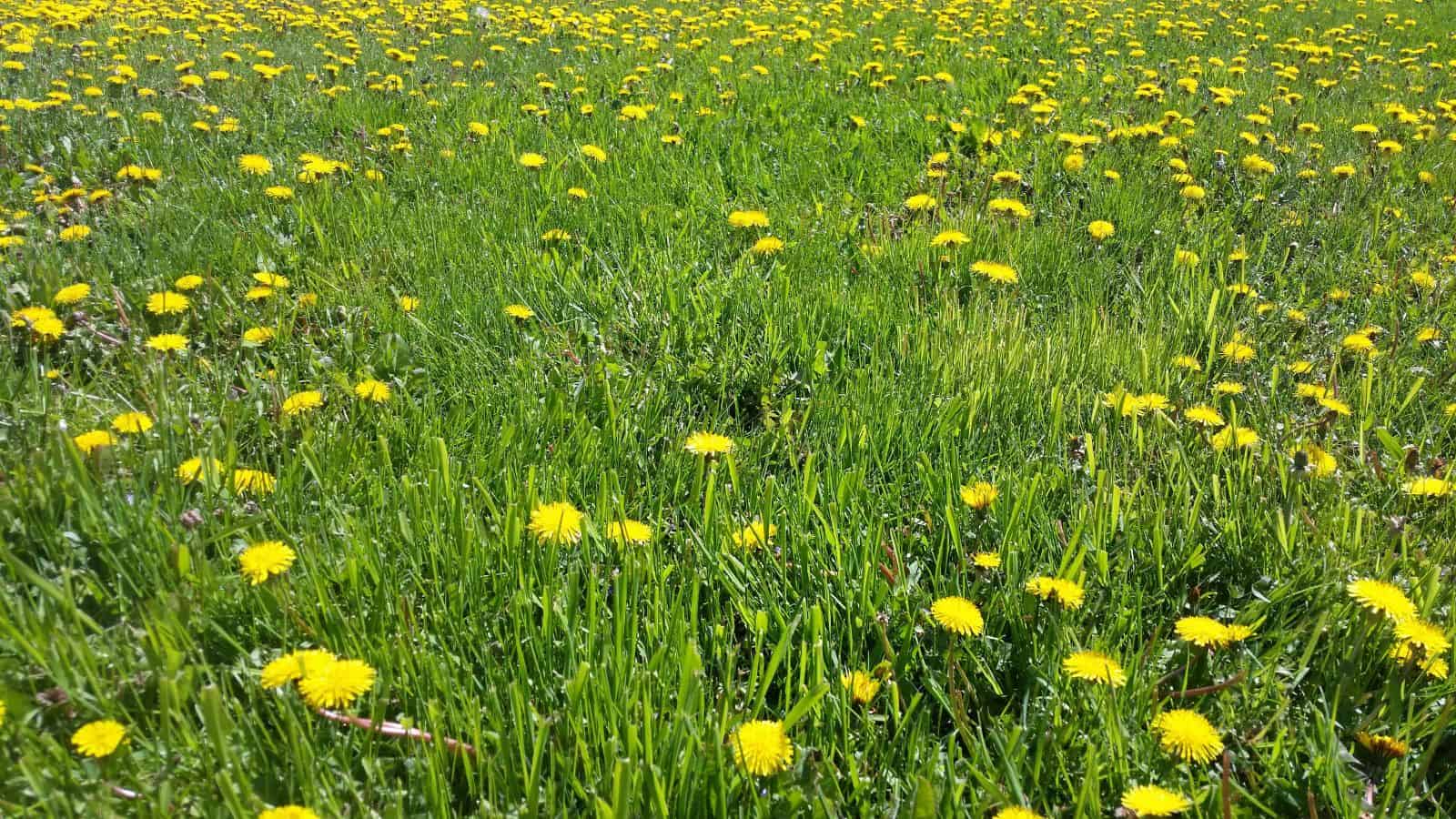
Ground covers like English ivy and periwinkle can spread aggressively, outcompeting native plants and reducing biodiversity, even if they look good. Instead, choosing native ground covers or less aggressive species helps maintain a balanced and healthy garden ecosystem for you.
Artificial Turf
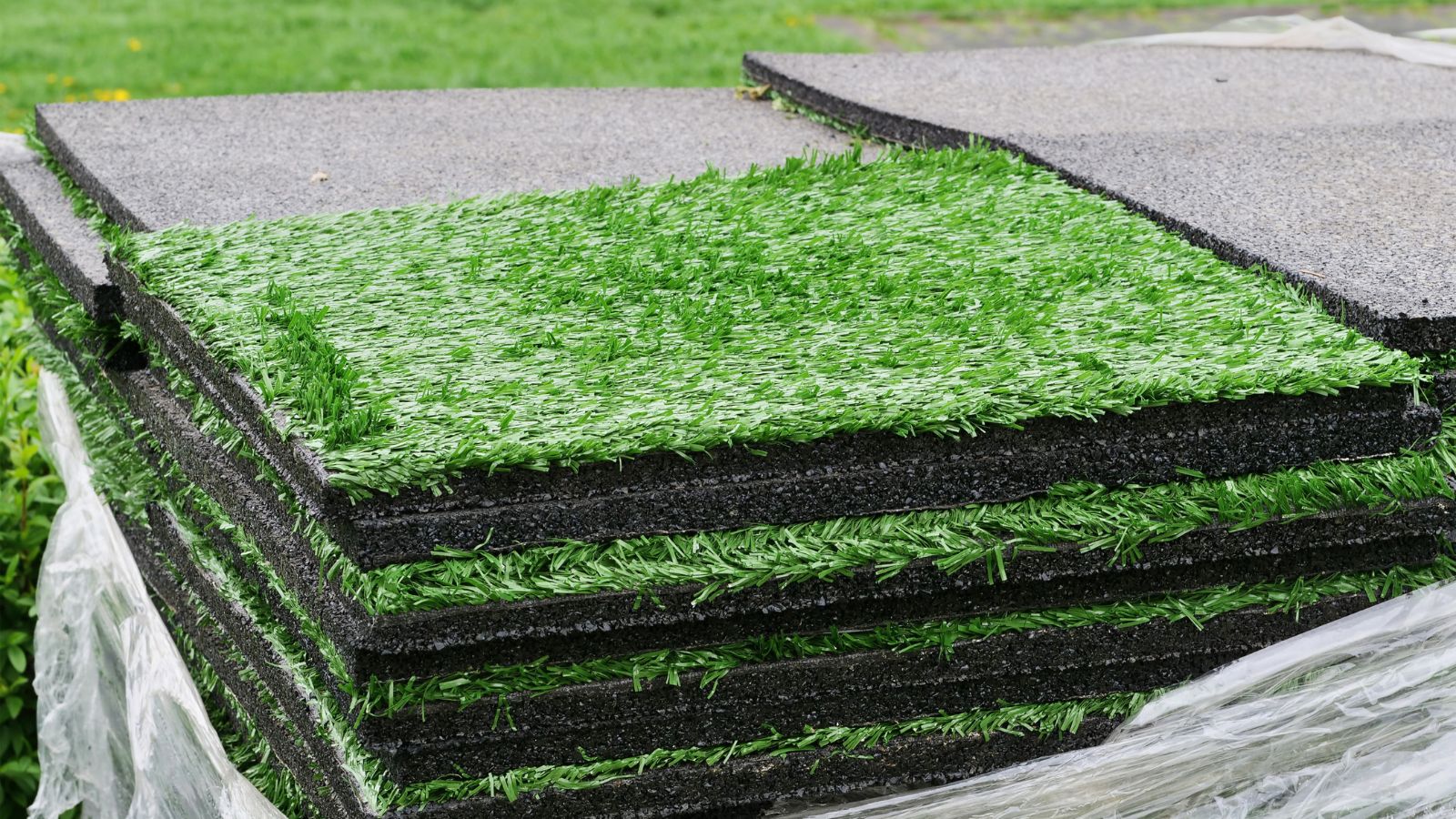
It may seem like a low-maintenance alternative to natural grass, but artificial turf comes with environmental costs; ultimately, it’s made from plastic, contributing to microplastic pollution, and does not support biodiversity. Natural lawns, meadows, or ground covers are better for the environment—and provide habitats for wildlife.
Single-use Garden Decorations
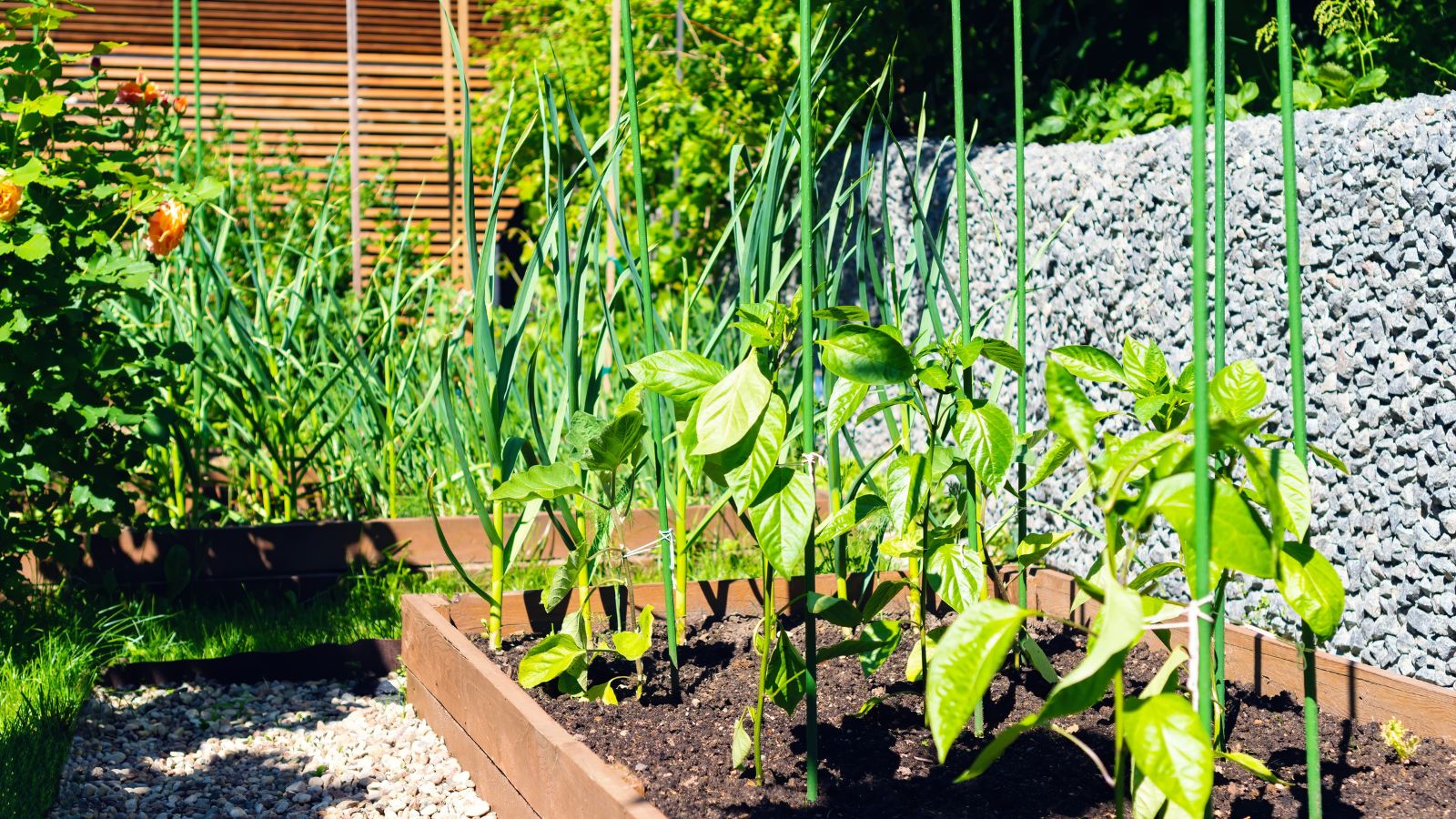
Finally, you might want to reconsider those single-use garden decorations, such as plastic plant stakes or seasonal decor, as these often end up as waste after a short period of use. Opting for durable, timeless garden decorations made from sustainable materials helps reduce waste.

